Gardening isn’t just about sticking a few plants in the ground and crossing your fingers.
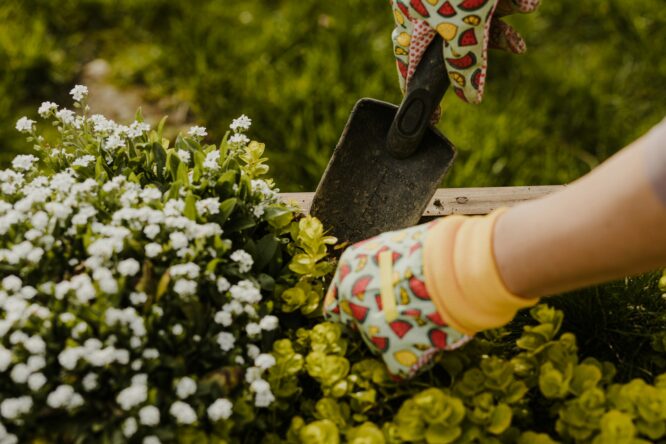
It’s easy to get things a little wrong without even realising, and suddenly, your dream garden turns into a patchy mess. If things aren’t growing quite the way you pictured, one of these common habits might be the reason. Once you know where you’re making mistakes, it should be easy enough to correct course and get your garden back on track.
1. You’re planting things that don’t actually like your soil.
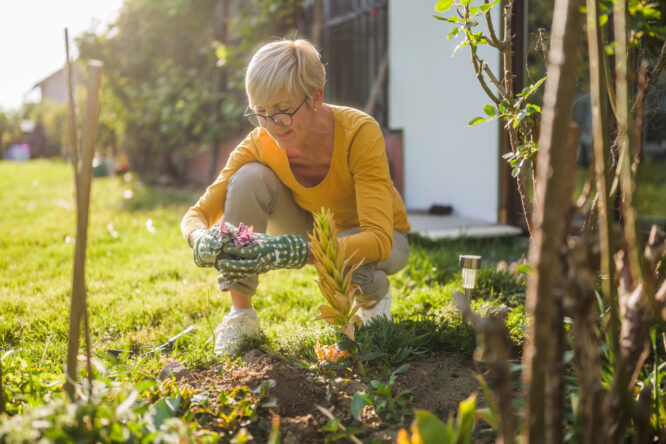
It’s tempting to pick plants based on how pretty they look at the garden centre, but if they hate your soil, they’re never going to thrive. Some need rich, moisture-holding soil. Others want dry, sandy ground that drains in a flash.
Before you buy, it’s worth checking what type of soil you have and matching your plants to it. A little homework saves a lot of heartache, and your garden will thank you with bigger blooms and healthier growth without you having to fight nature at every turn.
2. You’re watering way too much (or way too little).

Watering feels simple, but it’s one of the easiest things to mess up. Overwatering can suffocate roots, while underwatering stresses plants out until they give up altogether. And some plants hate sitting in constantly wet soil even more than they hate being a bit dry. Getting into the habit of checking the soil before you water, rather than just following a strict schedule, makes a huge difference. It’s about watering when they need it, not when you think you should.
3. You’re planting everything too close together.
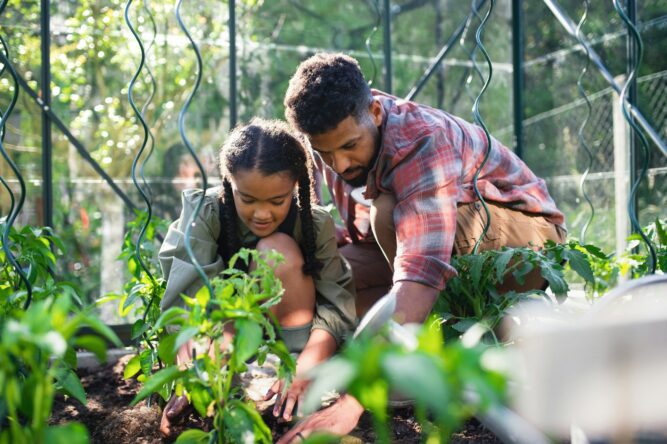
It’s easy to get excited and cram all your plants in close so it looks lush fast. However, when plants don’t have enough space, they end up fighting each other for light, air, and nutrients, and nobody really wins. It feels slow at first to space them out properly, but in a few months, you’ll be glad you did. Giving them room to grow means fewer disease problems, better air circulation, and a garden that looks full without being a tangled mess.
4. You’re ignoring how much light your plants actually need.
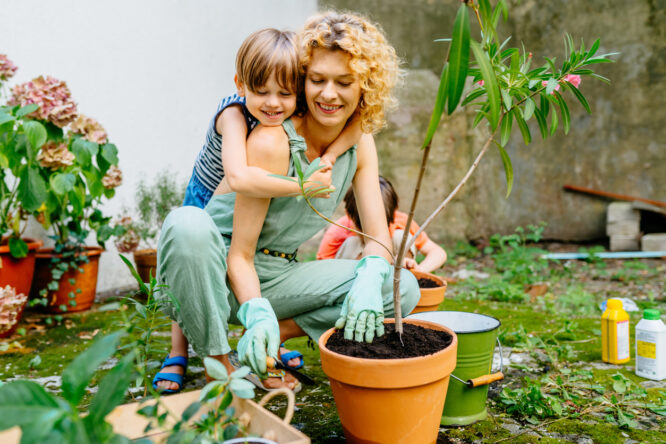
Not all “sun” is the same, and sticking plants in the wrong spot can doom them from day one. Some love full blazing sun all day. Others need dappled shade or just a few hours of morning light before hiding from the afternoon heat. Watching your garden at different times of the day before planting anything can save you a lot of dead plants and frustration later. Matching the plant to the light is one of the biggest secrets to making a garden feel effortless.
5. You’re buying random plants without a plan.

Impulse-buying plants at the garden centre is fun — until you get home and realise they don’t work together or fit your space at all. It’s a classic mistake that usually ends in plants that outgrow their spots or quietly fade away. Having even a rough idea — a colour scheme, a size limit, a vibe you want — makes a huge difference. You’ll still find room for fun spontaneous buys, but they’ll actually have a chance to shine instead of getting lost or smothered.
6. You’re skipping mulch (even though it’s magic).
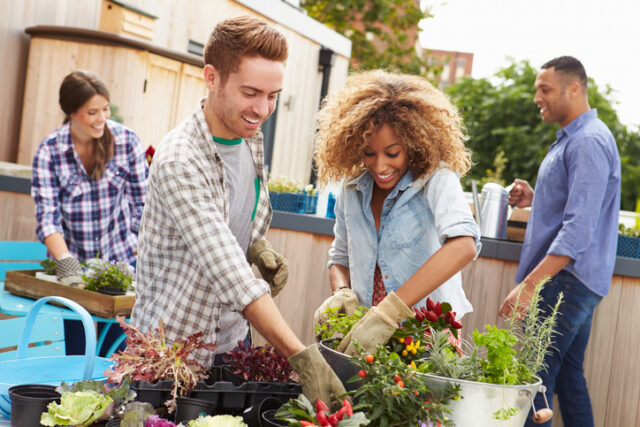
Mulch doesn’t sound exciting, but it’s basically a garden superpower. It locks in moisture, smothers weeds, keeps soil cooler in summer, and even feeds the soil over time if you pick the right kind. A simple layer of bark chips, compost, or even straw around your plants can completely change how healthy and low-maintenance your garden feels. It’s one of the easiest things to do, and one of the most rewarding once you see the difference.
7. You’re cutting everything back at the wrong time.
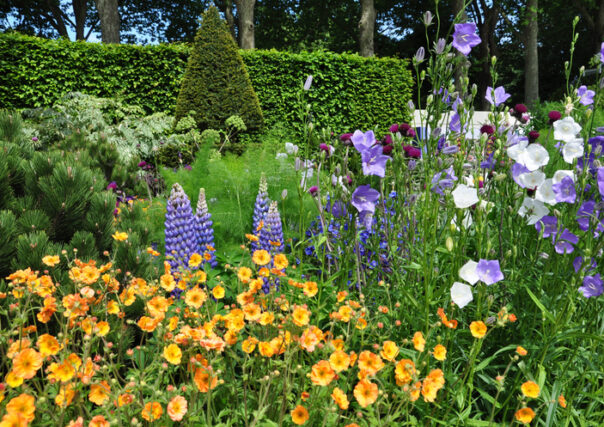
Grabbing the shears and giving everything a haircut after flowering might feel satisfying, but some plants really hate it if you prune them at the wrong moment. It can mean no blooms next year or a weaker, scragglier plant overall. Before you start chopping, it’s worth checking whether your plants bloom on old or new wood — it makes all the difference. Prune with a bit of timing knowledge, and your plants will bounce back healthier instead of looking wounded.
8. You’re not feeding your soil.
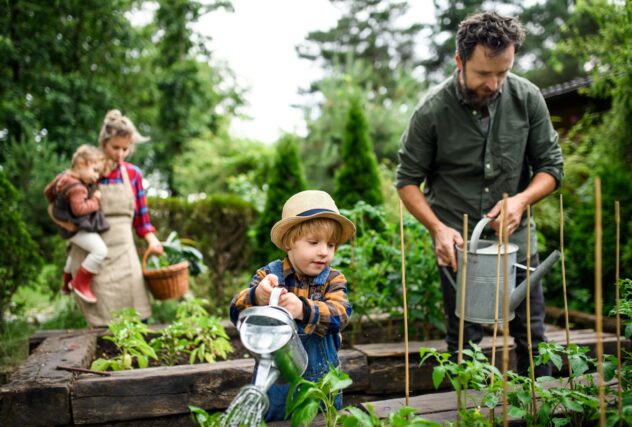
Plants use up nutrients in the soil as they grow, and if you’re not putting anything back, the soil gets tired. That’s when your garden starts to feel sluggish — less growth, paler leaves, and more disease problems creeping in. Adding compost, using natural fertilisers, and rotating what you plant where can keep your soil rich and alive. Healthy plants don’t start with fancy feeds. They start with soil that’s genuinely thriving underneath them.
9. You’re expecting instant results.
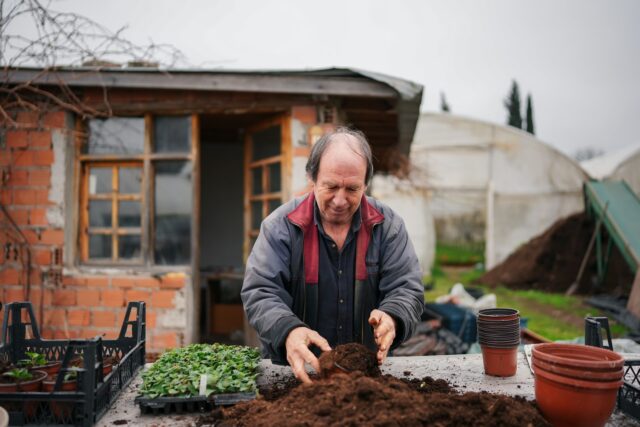 Source: Unsplash
Source: Unsplash We live in a world that moves fast, but gardens don’t work like that. Even quick growers take time to settle their roots, bulk up, and start looking amazing. Expecting overnight success usually just leads to frustration. Giving your garden a chance to settle and grow at its own pace pays off massively. One good growing season can change everything, but you have to let it happen without pushing or expecting perfection too early.
10. You’re letting weeds get ahead of you.
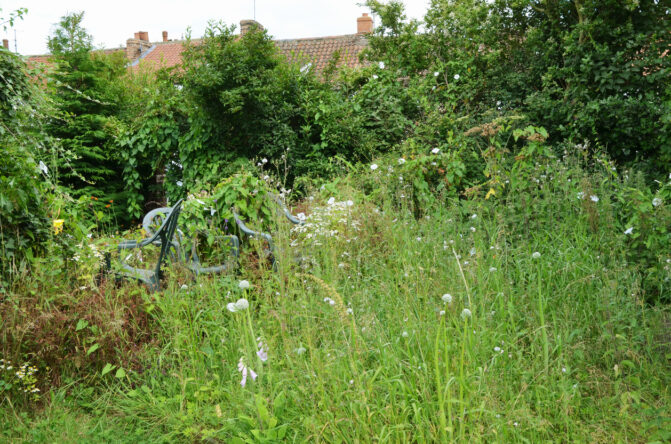
It’s easy to think “I’ll pull them later” — and before you know it, your garden looks like a jungle. Weeds don’t just look messy; they compete for water, nutrients, and light, and they’ll happily take over if you let them. Spending 10 minutes a week pulling the small ones before they flower and set seeds saves you hours of sweaty work later. Staying ahead of weeds is one of those boring but powerful things that makes everything easier in the long run.
11. You’re only planting for one season.

It’s easy to fill your garden with plants that look amazing in May and June, and then wonder why it looks bare and tired by late summer or autumn. A lot of gardens are missing the all-year-round thinking that makes them feel alive longer. Mixing in autumn-bloomers, evergreen structure, and winter-interest plants gives your garden something to look at no matter the month. It makes the whole space feel like it’s unfolding, not just flashing and fading once a year.
12. You’re forgetting to actually enjoy it.
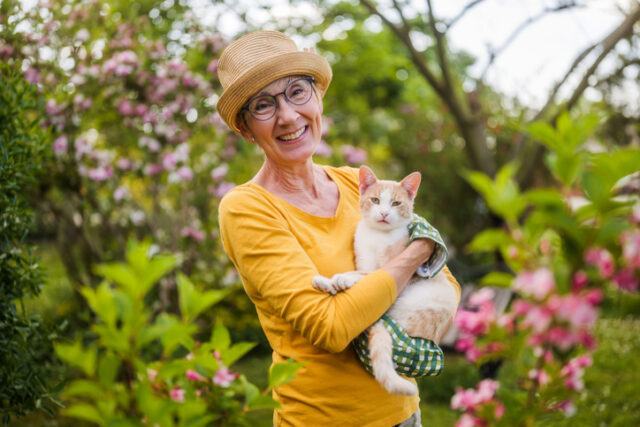
Gardening is supposed to be fun — messy, satisfying, slow sometimes, but still joyful. It’s easy to get caught up in chasing perfection or feeling bad because your patch doesn’t look like a magazine spread. If you’re out there experimenting, planting, getting dirt under your nails, and smiling when something blooms, you’re doing it right. A good garden is never truly finished, and that’s the best part.




